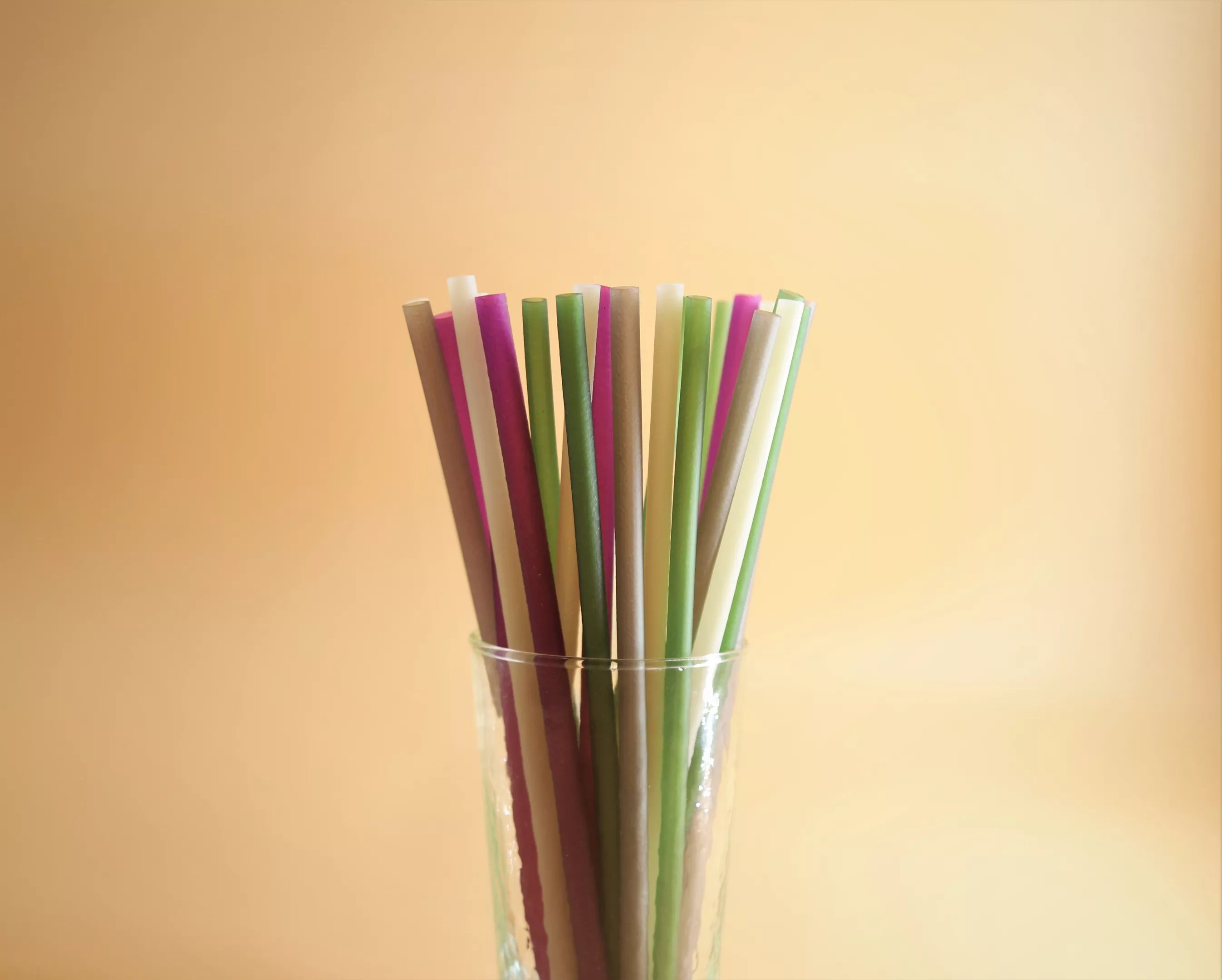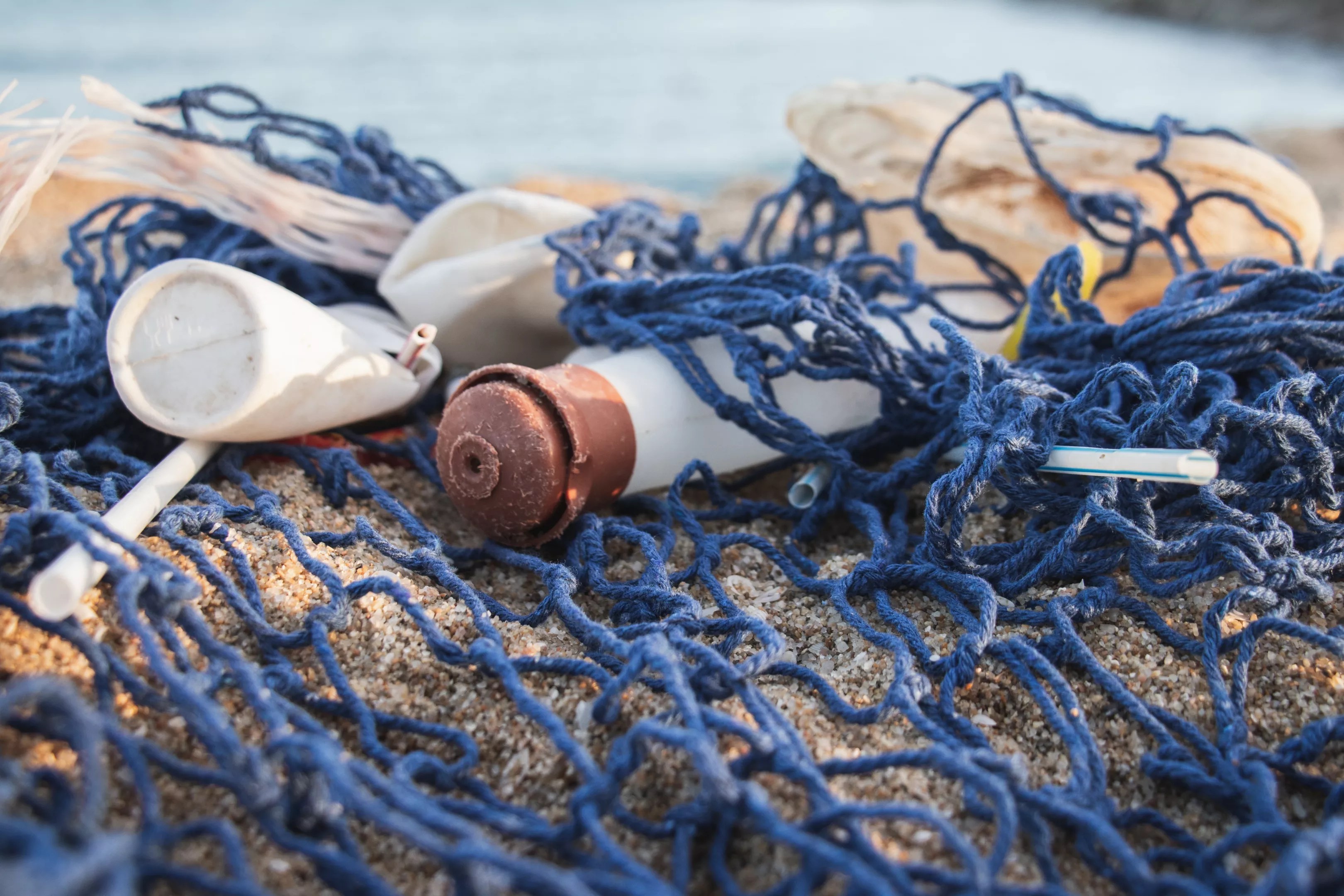
Thoa Ngo/Unsplash

Audio By Carbonatix
Welcome to Table Scraps, a monthly series on the growing problem of food-related waste and what some eateries, officials, farms, institutes, and everyday people are doing right. This isn’t a guilt trip, just a way to unpack initiatives attempting to reduce kitchen waste and food loss. We’re exploring backyard composting to city programs, restaurant tips to technology, and anything related to this global issue. Heat up those leftovers, and settle in.
In my memory, it was around 2018 that people started talking about how plastic straws kill turtles (or something) and that the right thing to do was to switch to reusable ones. That included paper straws (useless, but whatever), metal and silicone straws, biodegradable straws, even edible straws.
So, for several years now, I’ve left my paper-wrapped straw untouched on the table at pho restaurants. My partner ordered a multitude of multicolored metal straws that we use at home (his have little pencil grips for sensitive teeth). And, like a hero, I’ve dealt with disgusting, soggy paper straws at every baby shower and housewarming party where someone needed to splay them out the top of a Mason jar.
I wondered recently: Is any of this making any difference? Are there fewer plastic straws making their way out to the ocean, where they mess with the tummies of sea life? Can I now watch an episode of Blue Planet and be able to sleep that night?
To totally oversimplify it: Yeah!
Last fall, the Ellen MacArthur Foundation and United Nations Environment Programme released the Global Commitment 2020 Progress Report, the sequel to what is now an annual series of New Plastics Economy Global Commitment reports.
It is somber but not bleak, and the key takeaway is uplifting:
“Significant advances have been made in two key areas: the incorporation of recycled content in plastic packaging, and the phase out of the most commonly identified problematic categories of plastic packaging, such as PS (polystyrene), PVC (polyvinyl chloride), undetectable carbon black, single-use plastic bags, and straws.”
That’s likely because many entities – governments, businesses, etc. – have been getting their act together re: plastics.
SeaWorld Entertainment removed plastic single-use straws and shopping bags in its 12 parks in June 2018 (seems late, but okay). That same summer, Seattle banned plastic straws and utensils in bars and restaurants. That was quickly followed by Assembly Bill 1884 in California, which “prohibits dine-in restaurants from automatically providing plastic straws.” There are countless other examples.
And we’ve been able to measure some success.
Particularly good news comes from Argentina. In Buenos Aires, a 2019 ban on straws and plastic bags prevented the use (and tossing) of more than 53 million straws and 500 million bags according to the Global Commitment report.

“2020 is on pace to see 30 percent more waste than 2019.”
Ocean Cleanup Group/Unsplash
But then the pandemic complicated things.
The Global Commitment report addresses this too. While it highlights that progress was made between 2018 and 2019, it quickly gets to COVID, which has halted or reversed those policies aimed at reducing single-use plastic products. We were doing so well, too. One Scientific American article from August 2018, coldly titled “COVID-19 Has Worsened the Ocean Plastic Pollution Problem,” puts it plainly: The pandemic has caused an increase in single-use plastic use, thanks not only to all those restaurant to-go orders but also to PPE waste.
“While takeout has been the saving grace for many restaurants, it’s also contributing to the growing heap of single-use plastic globally,” opines Dave Ford. “Much of this kind of plastic is not recyclable. 2020 is on pace to see 30 percent more waste than 2019.”
Lord only knows what the Global Commitment 2021 Progress Report will look like.

If we don’t chill, the annual volume of plastic entering the ocean will almost triple by 2040.
Angela Compagnone/Unsplash
The Global Commitment report does have some encouraging words: “This crisis has also demonstrated the speed at which the world can mobilize change, and post-COVID-19 economic recovery plans present an opportunity to take the necessary action on plastic pollution.”
Meaning, if we all learned to own and wear masks, figure out Zoom, and stay the hell away from each other in less than a year, we can phase out plastic straws at a more accelerated rate.
In other words, keep it up.
Don’t let the spooky stories scare you, like how a 60-year-old British woman fell and was impaled by a metal straw in 2019 (but seriously, RIP Elena Struthers-Gardner). Try to take more action in the field. Don’t take a straw if you don’t need it; ask your server or cashier to keep it. Ensure you have reusable straws on you – in your bags, your car, and obviously your kitchen. Take them everywhere.
Because if we don’t?
One of the 2020 report’s calls to action is grim but hopefully inspiring, and it will take us to the credits:
“If we fail to act, by 2040 the volume of plastic on the market will double, the annual volume of plastic entering the ocean will almost triple, and ocean plastic stocks will quadruple,” reads our now-old friend, the Global Commitment report. “Better recycling is not enough to avoid this – we must eliminate the plastic we don’t need, beyond removing just the straws and carrier bags.”
Shop reusable straws at Bunky Boutique, Frances, urbAna, Changing Hands, Practical Art, Strawberry Hedgehog, Fair Trade Cafe, and many more local spots.